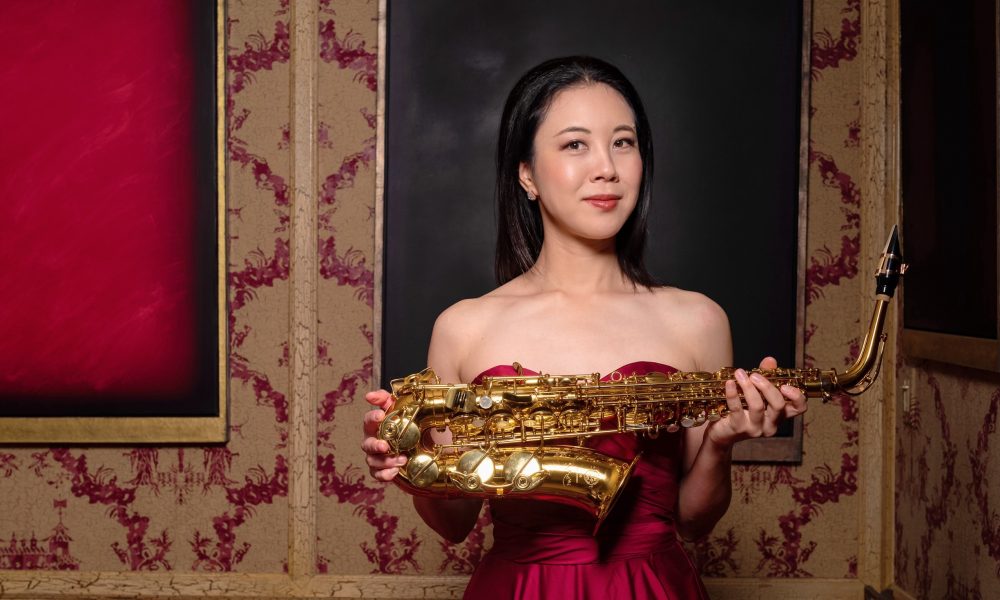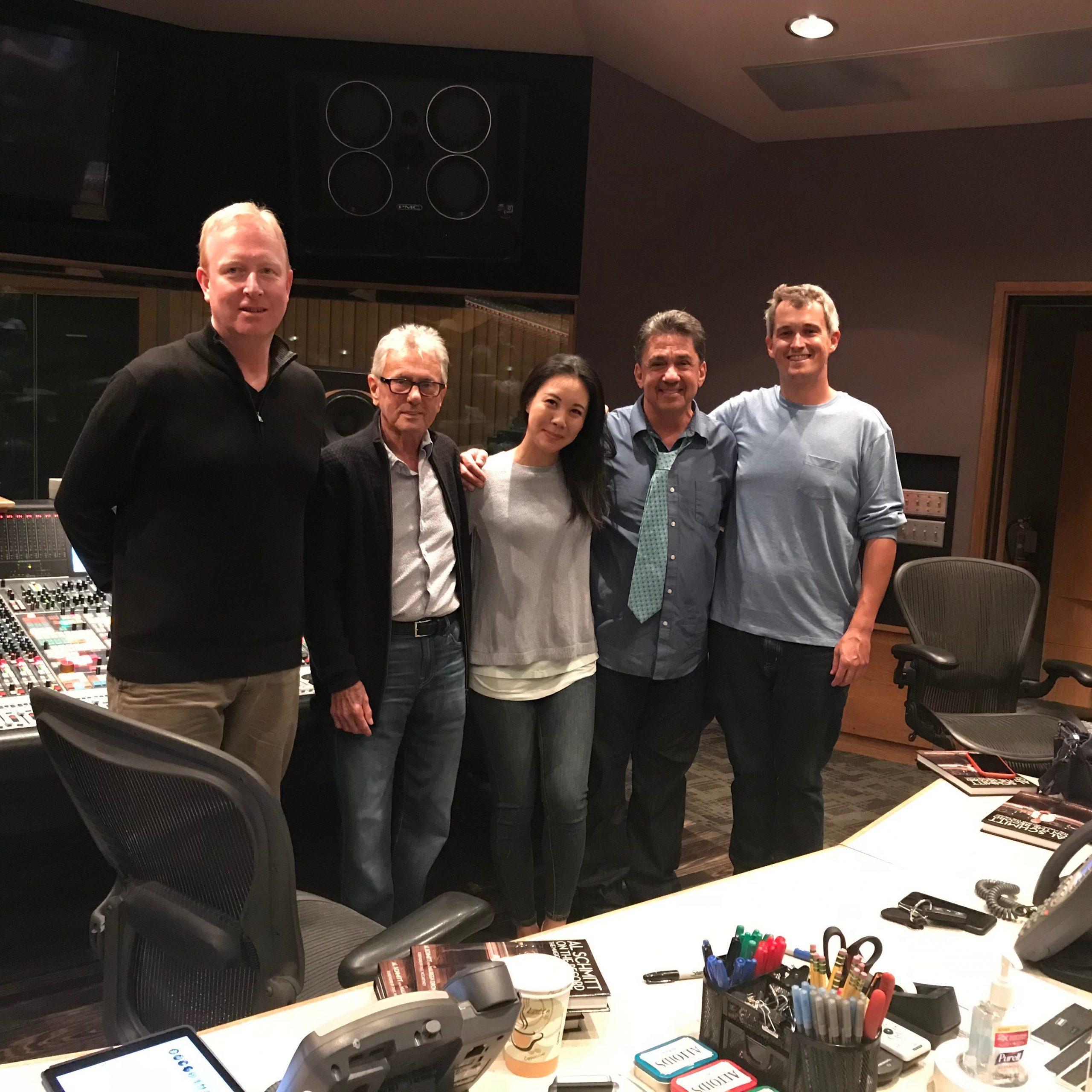

Today we’d like to introduce you to Chika Inoue.
Hi Chika, we’re thrilled to have a chance to learn your story today. So, before we get into specifics, maybe you can briefly walk us through how you got to where you are today.
I tell people that I am “Made in Japan, Designed in Germany, and Assembled in California.”
I was born in Osaka, Japan, and when I was 4, my father’s father’s 5-year relocation to Frankfurt, Germany, led the family to move to Bad Homburg. My father was an industrial designer for a leading Japanese electronic company, Panasonic Corporation, and contributed to the innovative exterior designs of the CRT television, LCD TV, plasma television, and LED TVs. I attended Frankfurt International School on weekdays, where I studied English, and also went to Frankfurt Japanese School on Saturdays. I started taking classical piano lessons around this time, at age 5, and continued training until the end of high school.
We then moved back to Japan for three years and relocated again, this time to San Diego, CA. I started playing the saxophone in her high school marching band to immerse herself in the American band culture and also became a principal drum major and leader of the band who conducted and spun the baton in front of the group at parades. My love for music led me to pursue my studies in music. I was very lucky to be accepted to University of California, Los Angeles (UCLA) in classical saxophone performance under Dr. Douglas Masek. Then, after receiving my Bachelor of Arts (B.A.) in both saxophone performance and music education, I received her Master’s of Arts (M.A.) in California State University, Fresno, and completed my Doctor of Musical Arts (D.M.A.) in saxophone performance at University of Southern California’s (USC) Thornton School of Music at age 26.
Can you talk to us a bit about the challenges and lessons you’ve learned along the way? Looking back, would you say it’s been easy or smooth in retrospect?
Saxophone is a unique and flexible instrument and that is what I like about the sound and even the history of the instrument.
Saxophone is known to be an iconic instrument in the jazz and pop music world, but what I am pursuing is the classical saxophone. Most people have not been exposed or heard of such a thing they sometimes cannot wrap their head around to what that is. I play with the orchestra or with smaller chamber groups of two or more in the style of classical music. While many people associate the sound of saxophone to be loud and fuzzy, classical saxophone has a smooth and rich color of tone which can be imitated like the human voice.
Since it is one of the youngest instruments in the woodwind family, patented in 1846 by a man named Adolphe Sax from Belgium, many famous “classical composers” such as Bach, Mozart, Beethoven, and many others were dead before saxophone emerged. The modern composers in the late 1800s onwards, such as Debussy, Ravel, and Tchaikovsky, had included saxophones in their works. This is the reason why we do not see a lot of saxophone in the orchestral pieces, but many contemporary composers are starting to implement the instrument in their music.
I feel challenging about the fact that people do not know about my sound, the classical saxophone music. At the same time, I feel extremely rewarding when I get to hear people saying “Wow, I have never heard the saxophone being played the way you do.” I do feel that it is my mission to spread the world about the other side of the saxophone that people do not know about and encourage more music to be written, played, and heard.
I transcribe a lot of classical works that are written for other instruments, such as cello, violin, viola, flute, and clarinet, to the saxophone, either alto or soprano saxophone, depending on how well the music fits well. Some of the pieces work very well for the saxophone and I hope that will give more awareness about the instrument to the listeners.
My hope is to get more film and game music composers to write for and use the classical saxophone. I hear from many that they don’t know how classical saxophone sounds like or have access to the sound. Apparently, the software or the program they are using do have MIDI jazz saxophone sound built in but do not have the classical saxophone sound included. I am hoping that I can make a change to this in the near future so that music-writing programs will have beautiful classical saxophone tones that the composers have variety of sounds that they can choose from many pools of saxophone sounds.
We’d love to hear about any fond memories you have from when you were growing up.
I am extremely fortunate that I was able to live in three different countries growing up. I am an only child, and both my parents are Japanese. They were very strict about my Japanese learning, and even I sometimes did not enjoy going to the Japanese school on Saturdays, I am very grateful that my parents pushed me to be a complete bilingual. I can read, write, and speak Japanese thanks to my parents.
Even though I was in a Japanese household at home, I grew up in a very multicultural environment. When I was at the Frankfurt International School in Germany (4-9 years old), all the kids came from different countries, and at the school, we were almost treated like the representatives of each nation. I still have a vivid memory of our usual lunchtime when all of us brought lunch boxes. Indian girl next to me eating her curry with hand, American girl with peanut butter and jelly sandwich, Half Norwegian-Thai girl (yes, quite an interesting mix) munching on her cheese, and I had a rice ball with seaweed in my hand. It sounds so stereotypical, but that that was our normal. We would sometimes share the food amongst each other, and I feel that was a true way of getting to know others. I cherish this moment in my life very much. This is probably why I love traveling and eating cuisines from all over the world.
Contact Info:
- Website: https://www.chikainoue.com/
- Instagram: @chikasax_
- Youtube: https://www.youtube.com/@chikasax_

Image Credits
Eduardo Acosta














